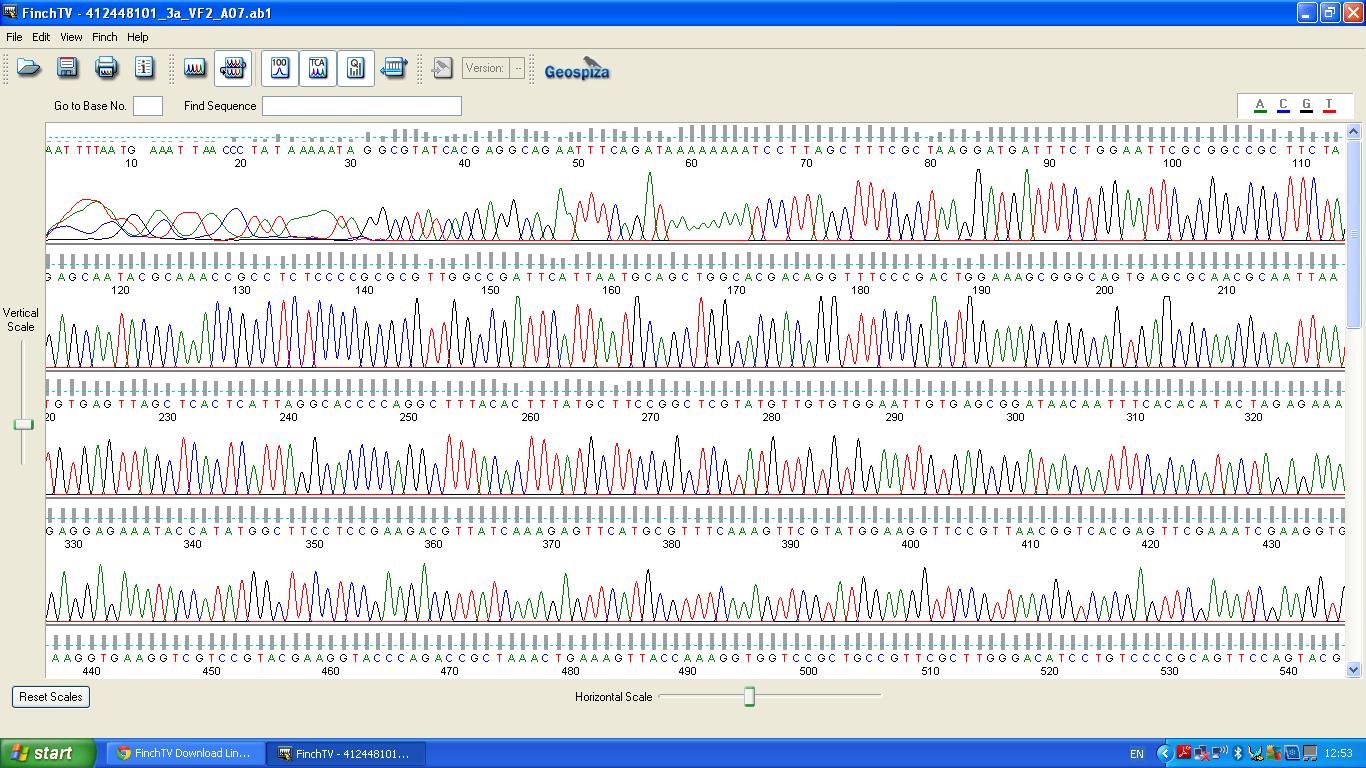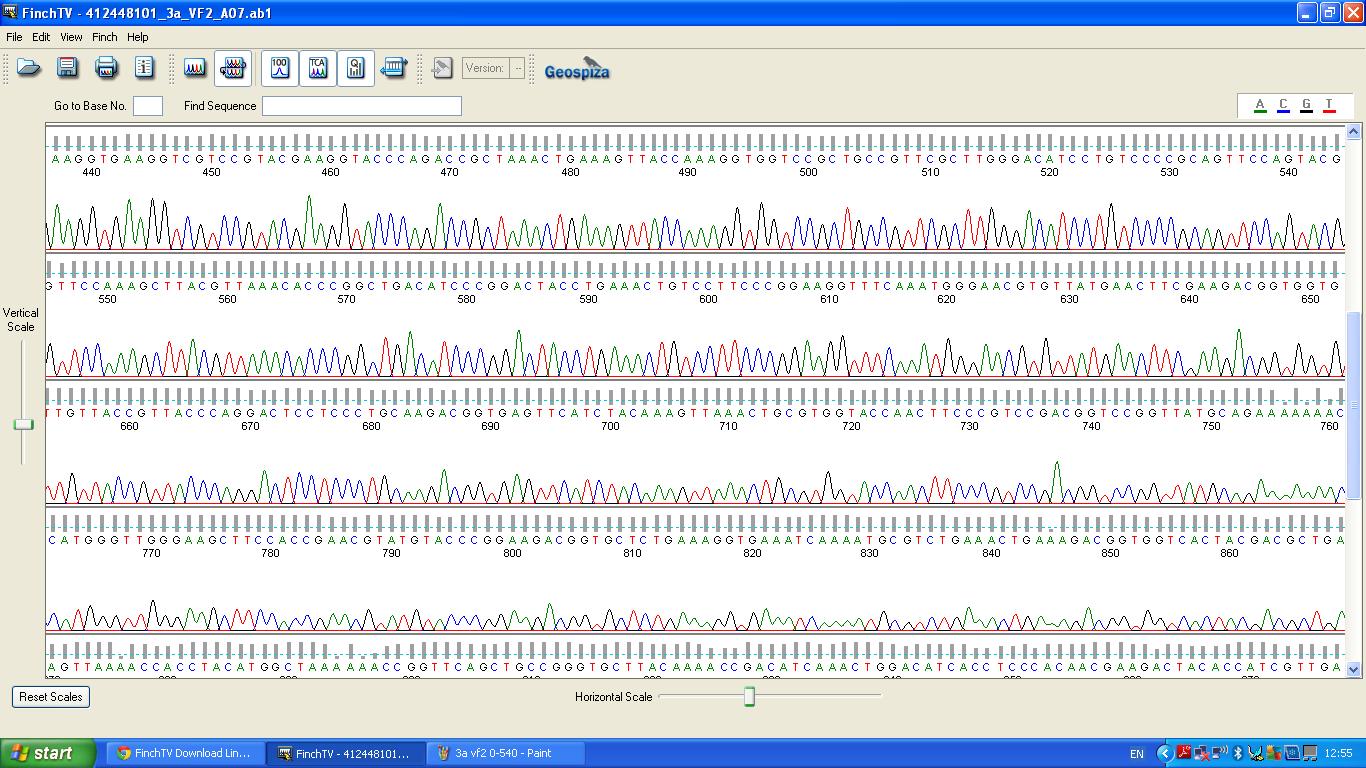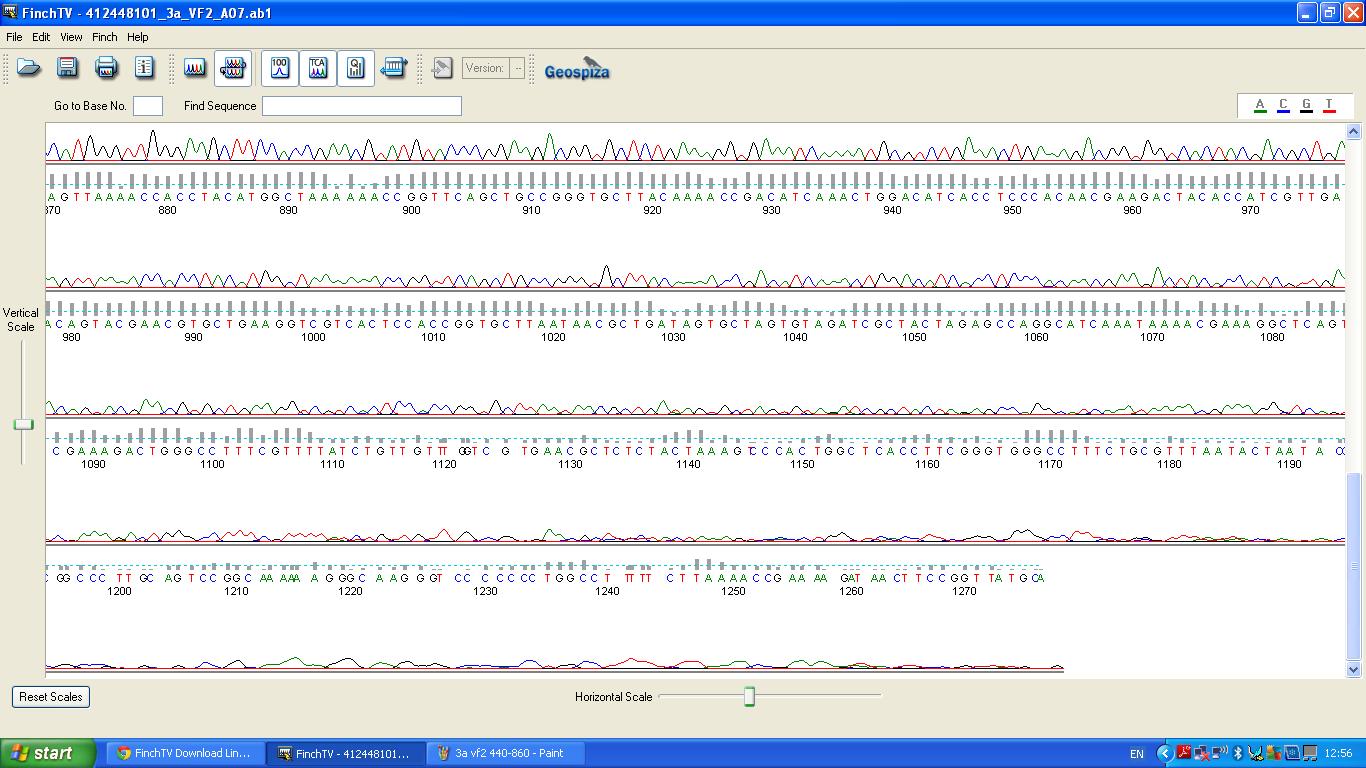Difference between revisions of "Part:BBa K1041001:Experience"
(→BLAST Analysis) |
(→User Reviews) |
||
| Line 30: | Line 30: | ||
[[image:1 Fwd.JPG|thumb|left|Fig: Forward primer K1041001 sequencing data aligned with the expected DNA sequence]] | [[image:1 Fwd.JPG|thumb|left|Fig: Forward primer K1041001 sequencing data aligned with the expected DNA sequence]] | ||
[[image:1 Rev.JPG|thumb|left|Fig: Reverse primer K1041001 sequencing data aligned with the expected DNA sequence]] | [[image:1 Rev.JPG|thumb|left|Fig: Reverse primer K1041001 sequencing data aligned with the expected DNA sequence]] | ||
| − | |||
| − | |||
| − | |||
| − | |||
| − | |||
| − | |||
| − | |||
| − | |||
| − | |||
| − | |||
| − | |||
| − | |||
| − | |||
| − | |||
===User Reviews=== | ===User Reviews=== | ||
Revision as of 08:47, 20 September 2013
This experience page is provided so that any user may enter their experience using this part.
Please enter
how you used this part and how it worked out.
Team NRP-UEA_Norwich 2013
Team NRP-UEA_Norwich 2013 designed this part to contain the promoter sequence AntG, where the unique sigma factor AntA binds to activate transcription of the neomycin resistance gene. There is a Nde1 resticition site between the promoter and gene to allow either to be removed and exchanged for a different promoter or gene. This facilitated cloning of the biobrick Bba_K1041002
Characterisation of this biobrick involved sequencing, restriction digests and BLAST analysis.
Sequencing
The biobrick was sent off to a company for sequencing.
BLAST Analysis
The data we recieved back from the sequencing company was aligned using BLAST with the expected DNA sequence. The sequencing with both the forward and reverse primers had over 98% matches with the expected DNA sequence.
User Reviews
UNIQc158a414118eeecb-partinfo-00000000-QINU UNIQc158a414118eeecb-partinfo-00000001-QINU





